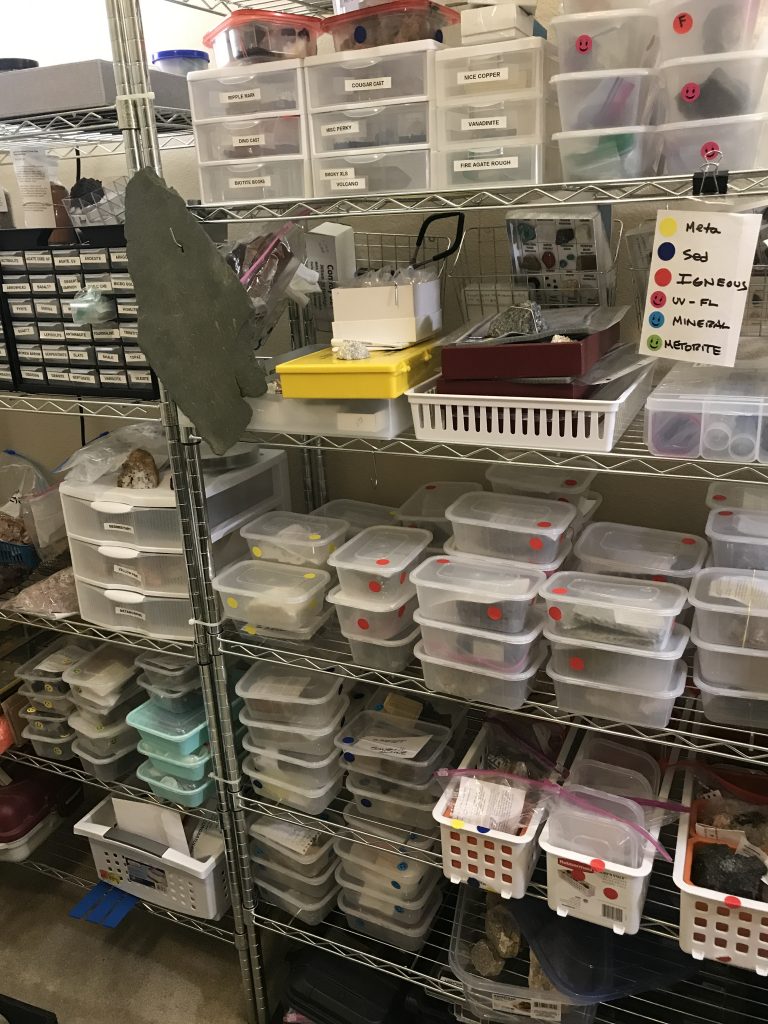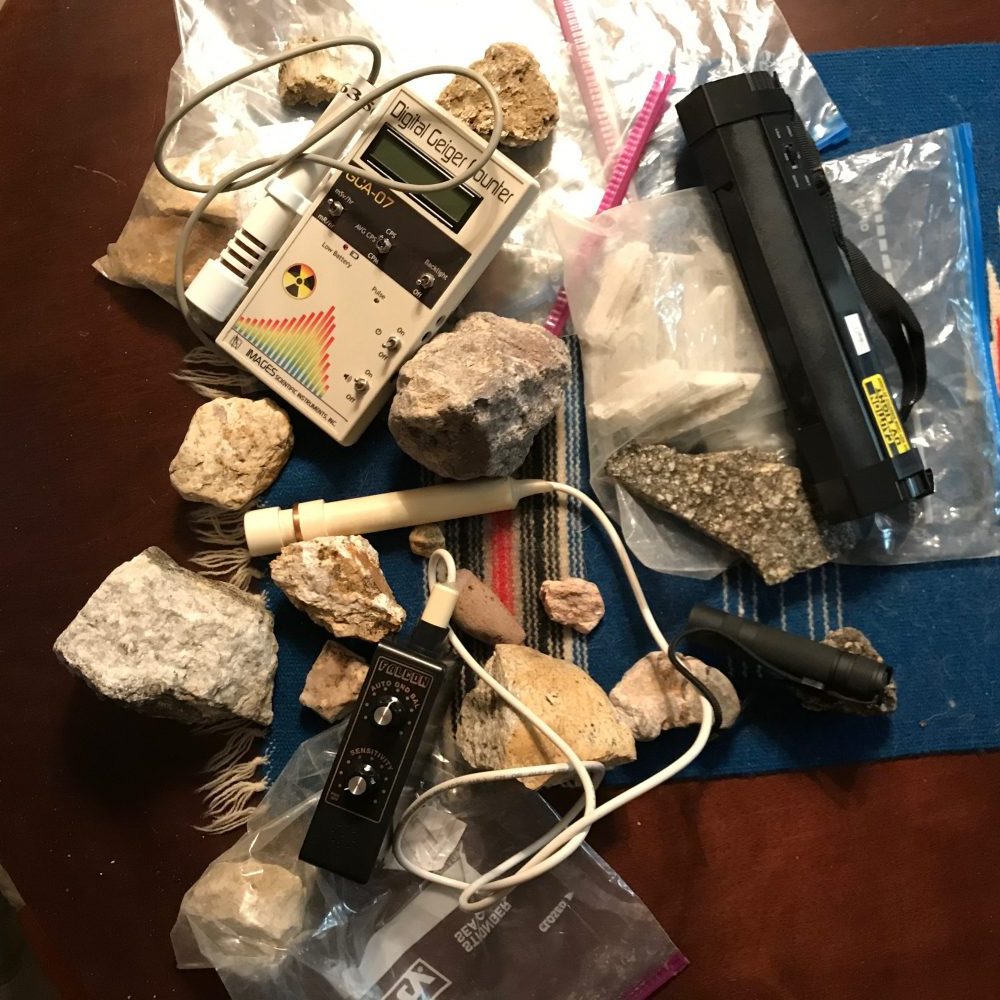View this post on InstagramLittle cooler today so I hiked out to the Nancy Ann Mine with my heavy shortwave field lamp to do a nighttime fluorescent mineral hunt. Saw this rattler just in time to step back. Still close enough to get rattled at. #hiking#mining#inyocounty#flourescent #rocks#geology#mojavedesert
—
View this post on InstagramFurther up the trail. #geology #roadtrip #rockhound #inyocounty #hiking#minerals#mining #prospecting#
—
View this post on InstagramGlow sticks mark off important points. They’re not meant to illuminate but these from Home Depot are very bright. I came back with a headlamp, of course. #desert#mojave#mojavedesert#rocks #geology #minerals #inyocounty #hiking#explore
—
View this post on InstagramUnedited bat footage. Fairly recent maps call this the Shaw Mine when in actuality there are a number of entrances and the name has changed from owner to owner. Open ground now that is in Wilderness status and only walking permitted. No bicycles, no handcarts, no machines of any kind. #nopahwilderness #roadtrip #geology#inyocounty #pahrump #mojavedesert #hiking
—
View this post on InstagramA few nice red pieces but nearly everything else is yellow calcite that fluoresces under SW and LW. The red material only fluoresces SW. You can see in the first few seconds that even my Dragonfly won’t light up this side of the rock but then SW gives a nice red. The other side glows the usual calcite yellow. #flourescent #hiking #mojavedesert#geology #geologyrocks #mining #minerals #inyocounty#nopahrange
—
View this post on InstagramI’m always hesitant about leaving my vehicle at night near a major road. I turned off my headlamp a quarter mile before the trailhead and walked with only moonlight in case something was waiting. No one at the vehicle but very loud music from another vehicle a hundred yards away out in the creosote, the first human activity I’ve encountered at this trailhead. I had my keys in hand and motored away in seconds. I’m sure those people were friendly but I wasn’t going to chance it at night and beyond cell phone range. My sat phone would need a few minutes to connect. I might not have had that time. #mohave #desert#hiking#explore#geology#geologyrocks#mining#history #inyocounty#
—
View this post on InstagramMaking my way back. #geology #roadtrip #rockhound #hiking ##mining#nopahrange#inyocounty#explore#geology#desert#mojavedesert
—
View this post on InstagramUnedited handheld iPhone video. SW. Properly photographing fluorescent minerals takes a tripod and hours of fiddling to get the colors correctly displaying what they actually show under a lamp. The blue rock shows the infamous blue bleed that every photographer fights against, it is a problem between camera settings and the lamps themselves. Getting every rock in a group to show correctly on your screen is a major project, a great deal done in post. Too much time in post! #ecplore#geology#flourescent #minerals#madness#desert#mojavedesert#inyocounty


